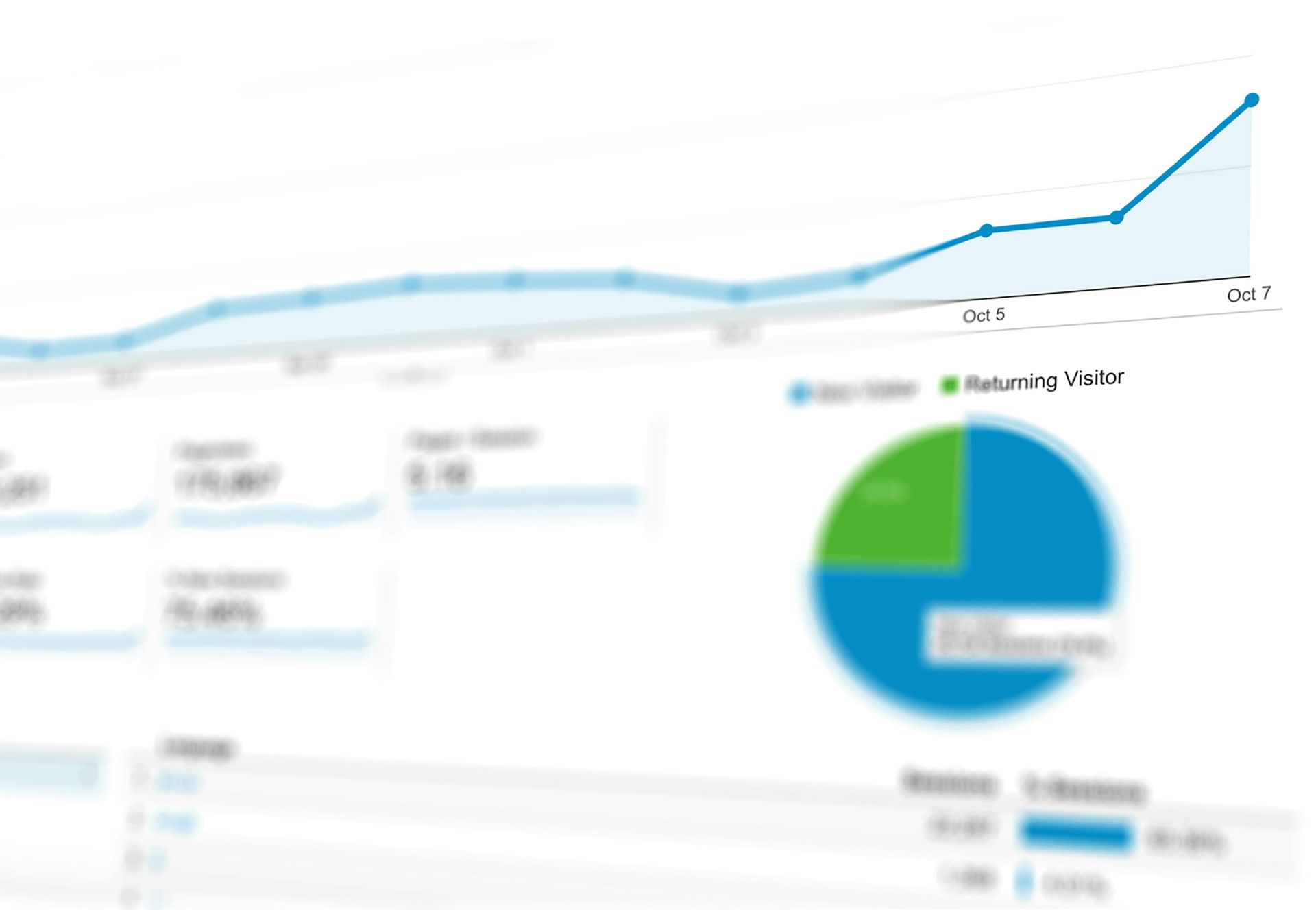Navigating SEO Challenges on Shopify: Strategies for Success
Shopify is a powerful platform for e-commerce businesses, but like any platform, it comes with its own set of SEO challenges. By understanding these obstacles and implementing targeted strategies to address them, Shopify store owners can significantly improve their site's visibility, drive organic traffic, and ultimately, boost sales. Remember, SEO is an ongoing process that requires continuous effort and adaptation to changing search engine algorithms and market trends. Stay informed, stay agile, and watch your Shopify store climb the ranks in search engine results pages.
In the bustling world of e-commerce, Shopify stands out as a go-to platform for entrepreneurs looking to launch and grow their online stores. However, despite its user-friendly design and robust set of features, Shopify users often encounter specific challenges in optimizing their sites for search engines. This article delves into the common SEO hurdles Shopify store owners face and offers actionable strategies to overcome them, ensuring their products shine in the crowded digital marketplace.
Challenge 1: Customization Limitations
Shopify's ease of use partly stems from its templated approach, allowing users to choose from a variety of themes for their store's design. While this makes setup quick and straightforward, it can also limit advanced customization options needed for SEO, such as modifying the structure of URLs, enhancing site speed, and improving mobile responsiveness.
Strategy:
- Theme Selection: Carefully select a theme that is not only aesthetically pleasing but also optimized for SEO. Look for themes that offer customizable headers, titles, and meta descriptions.
- App Integration: Utilize Shopify's App Store to find SEO apps that can help enhance site customization and address specific SEO needs without requiring extensive coding knowledge.
Challenge 2: Duplicate Content
Shopify stores often generate duplicate content issues, particularly through product pages that can be accessed via multiple URLs due to Shopify's collection and tagging system. This duplication can dilute link equity and confuse search engines, hindering your site's ranking potential.
Strategy:
- Canonical Tags: Use canonical tags to point search engines towards the primary version of each product page, helping to consolidate link equity and reduce confusion.
- Structured Navigation: Streamline your site's navigation and categorization to minimize the creation of duplicate content from the outset.
Challenge 3: Limited Blogging Capabilities
Content marketing is a cornerstone of effective SEO, offering valuable opportunities to attract traffic and engage users. Shopify's built-in blogging platform, while convenient, lacks some of the advanced features found in dedicated content management systems (CMS) like WordPress, potentially impacting content strategy and on-page SEO.
Strategy:
- Enhanced Content Creation: Consider integrating external blogging platforms through subdomains or utilizing third-party apps to extend the functionality of Shopify's native blogging tool.
- Quality Over Quantity: Focus on publishing high-quality, keyword-rich content that addresses your target audience's needs and queries, compensating for any technical limitations.
Challenge 4: Site Speed and Performance
Website speed is a critical factor in user experience and SEO. Shopify stores, laden with high-resolution product images and third-party apps, can sometimes suffer from slow loading times, affecting both rankings and conversion rates.
Strategy:
- Image Optimization: Regularly optimize images for the web, balancing quality and file size to ensure fast loading times without compromising visual appeal.
- App Audit: Periodically review installed apps and remove any that are unnecessary or negatively impacting site speed. Consider replacing heavy apps with more lightweight alternatives.
Challenge 5: SEO Insights and Analytics
Understanding how users interact with your site and what drives organic traffic is essential for refining your SEO strategy. Shopify's default analytics provide some insights, but they might not be as detailed or comprehensive as those offered by specialized SEO tools.
Strategy:
- Google Analytics Integration: Make full use of Google Analytics and Google Search Console to gain deeper insights into your site's performance and identify areas for improvement.
- SEO Apps and Tools: Explore SEO apps available on the Shopify App Store that can provide additional analytics, keyword tracking, and site audit capabilities.
Looking for an eCommerce SEO service provider for your Shopify Store! You are on the right website! Click here to learn more: eCommerce SEO
eCommerce SEO Blog

































